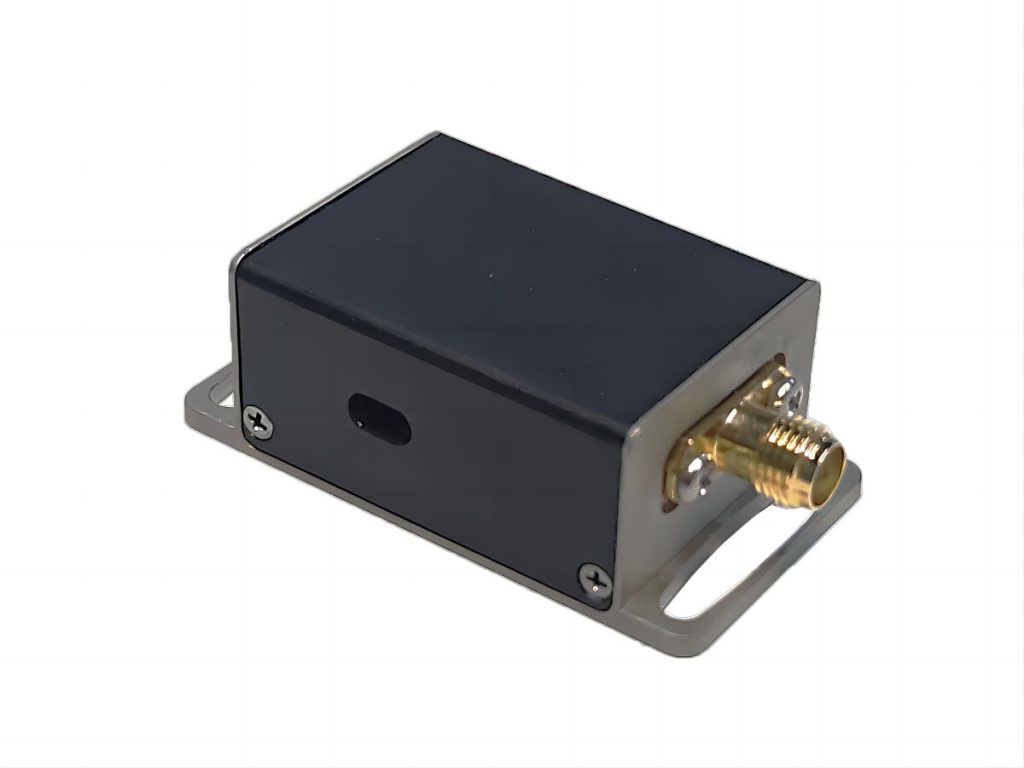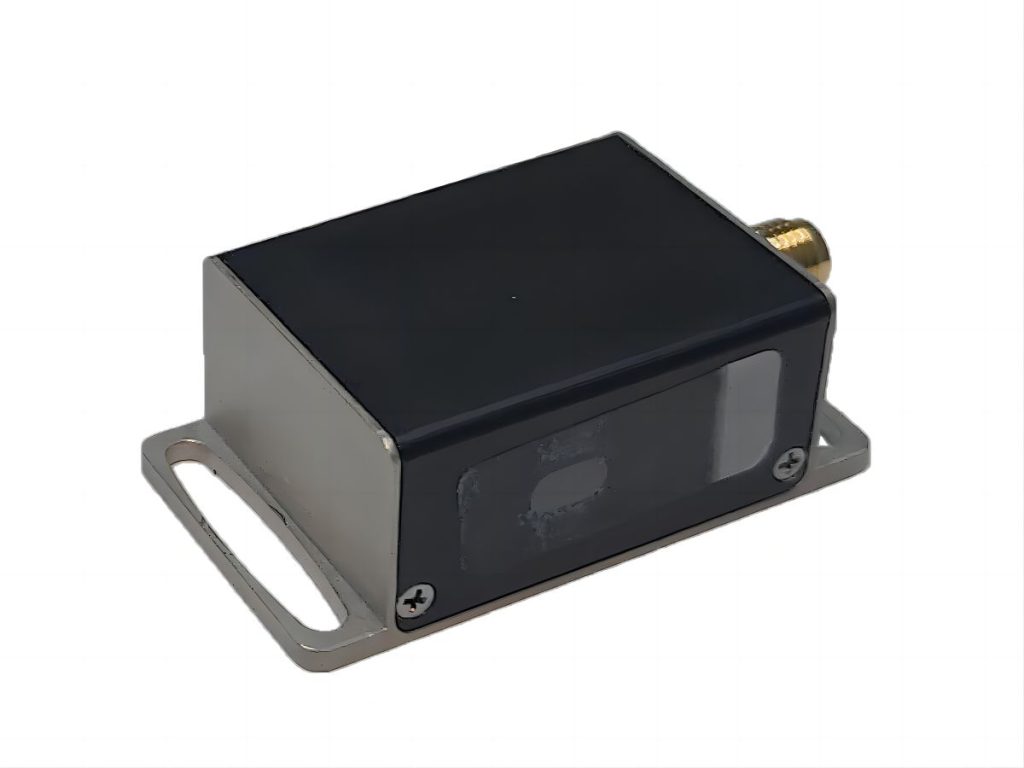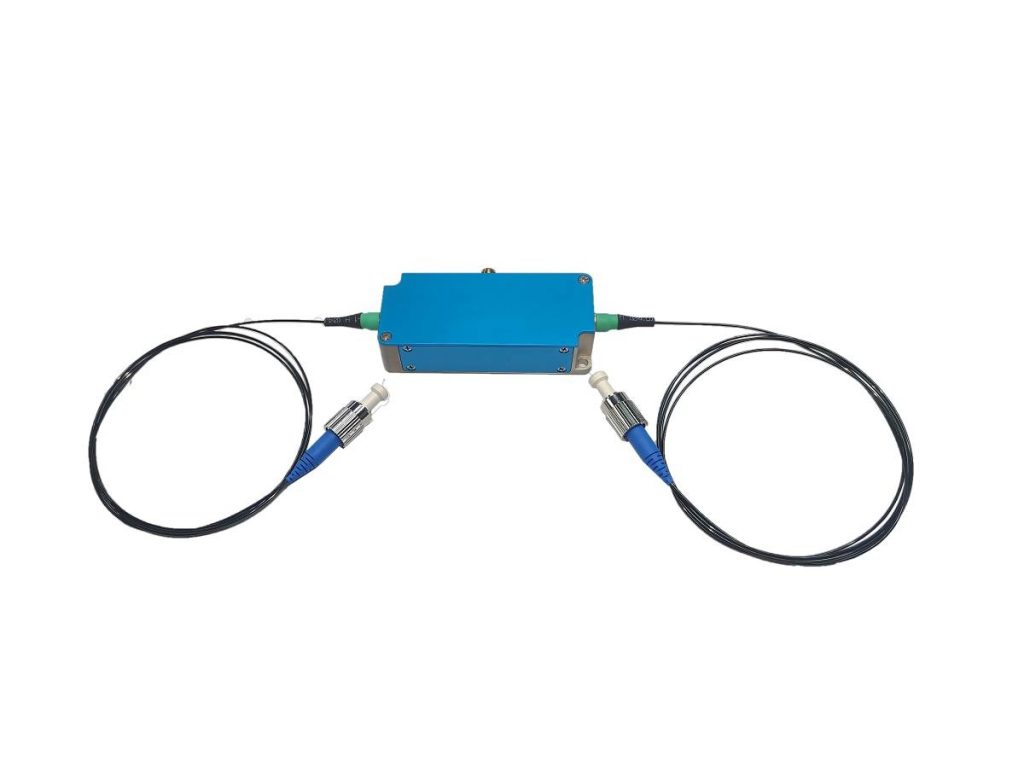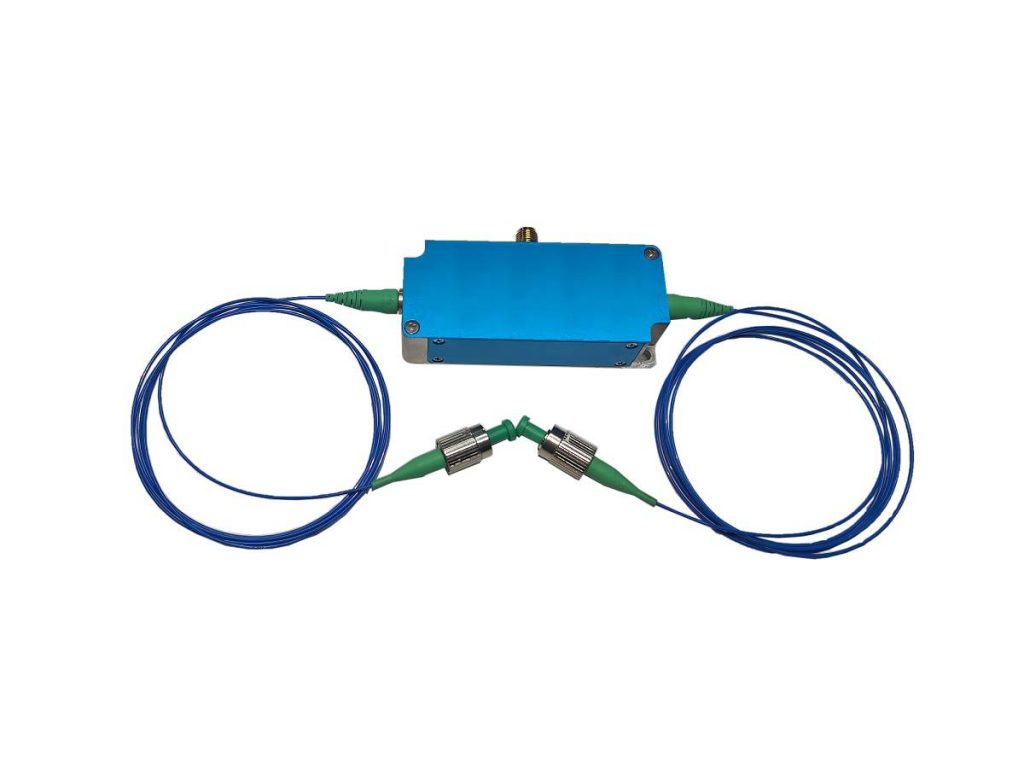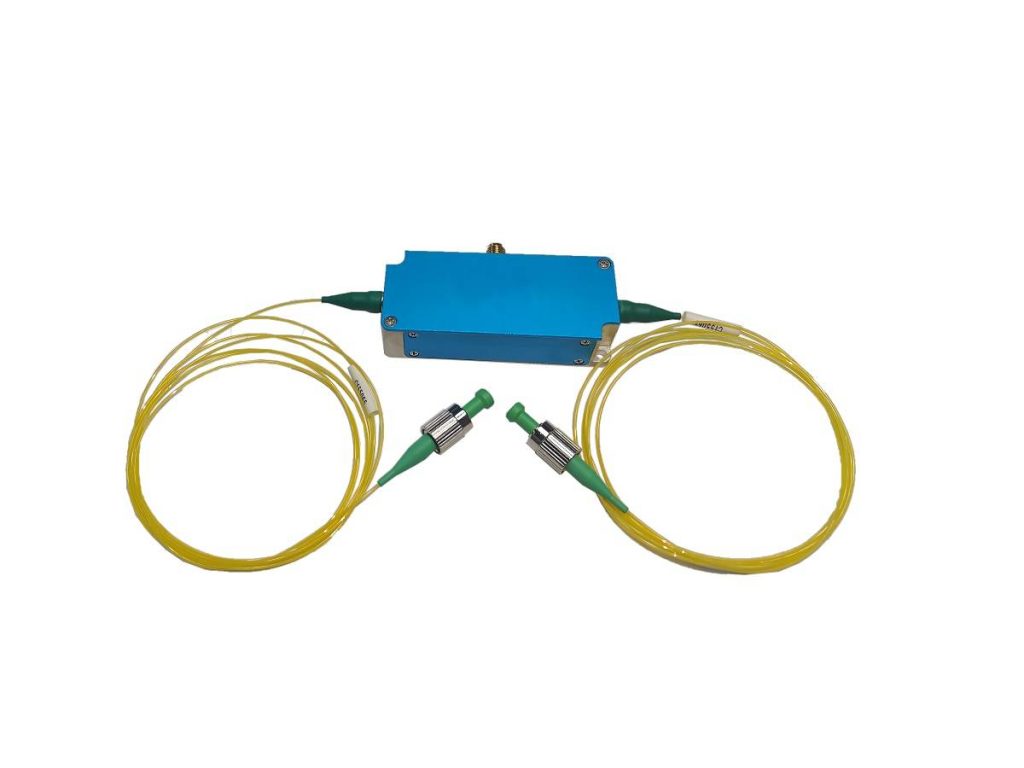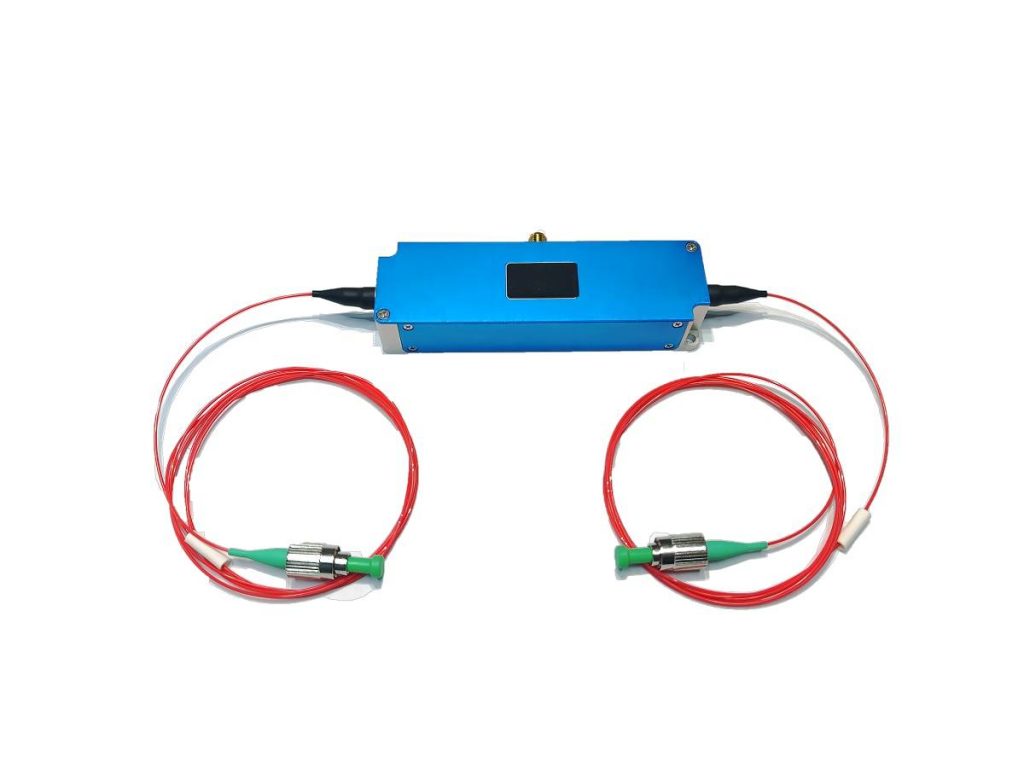Space AOMs: Enhancing Bandwidth and Reliability
The ever-growing demand for high-speed data transmission is pushing the boundaries of optical communication systems. Space Acousto-Optic Modulators (AOMs) are emerging as a key technology to address this challenge. By manipulating light using sound waves, AOMs offer unique advantages that can significantly improve the bandwidth and data transmission rates of optical communication systems. This article will explore the functionalities of AOMs, delve into their impact on bandwidth enhancement, and discuss their reliability and stability for long-distance applications.
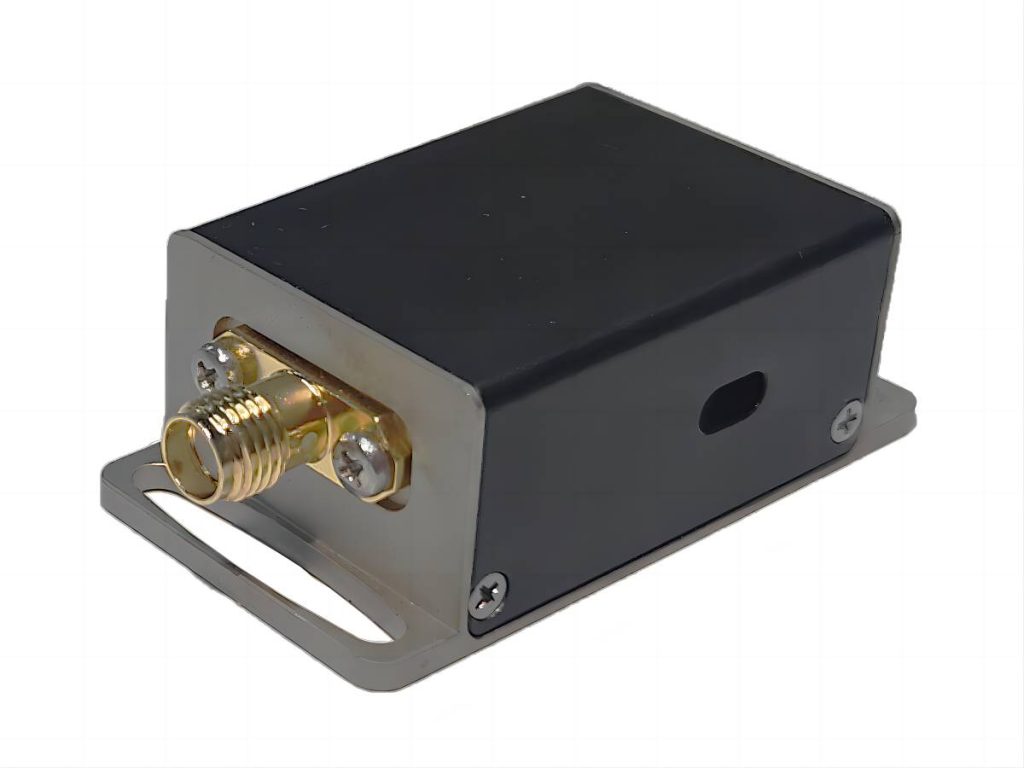
What Are the Advantages of AOM in Improving the Bandwidth of Optical Communication Systems?
Space acousto-optic modulators (AOMs) offer several advantages in enhancing the bandwidth of optical communication systems:
- High Modulation Bandwidth: AOMs can achieve very high modulation bandwidths, exceeding tens of GHz. This allows them to handle high-speed data signals effectively. Traditional electrical modulators struggle to reach such high speeds due to limitations in electronic components.
- Wide Wavelength Range: AOMs can operate across a broad range of wavelengths, making them suitable for various applications in optical communication systems. This is because the modulation process relies on the acousto-optic effect, which is a material property that is not dependent on the specific light wavelength.
- Low Insertion Loss: Well-designed AOMs introduce minimal signal loss into the optical path. This is crucial for maintaining high signal strength over long distances in optical fiber communication.
- Efficient Wavelength Switching: AOMs can be used for rapid wavelength switching. By controlling the acoustic wave’s frequency, the AOM can selectively diffract different wavelengths of light. This functionality is valuable for wavelength-division multiplexing (WDM) systems, which transmit multiple data streams on separate wavelengths within a single fiber.
- Analog Modulation: Unlike some other modulators, AOMs can perform both digital (on/off) and analog modulation. This allows for more complex signal manipulation, potentially useful for advanced modulation formats that can further increase data capacity.
In summary, space AOMs play a significant role in pushing the bandwidth limits of optical communication systems due to their ability to handle high-speed signals, operate across a wide wavelength range, and perform efficient modulation and switching.
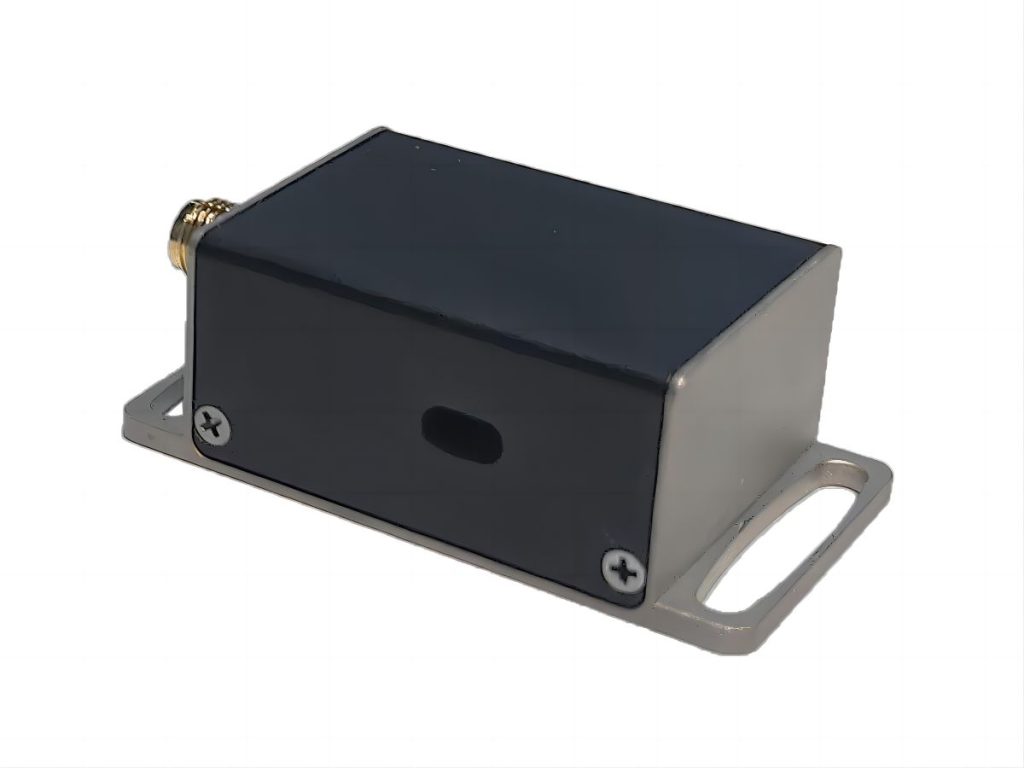
Does the Use of AOM Help to Improve the Data Transmission Rate of Optical Communication Systems?
Yes, the use of space acousto-optic modulators (AOMs) can significantly improve the data transmission rate of optical communication systems in several ways:
1. High Modulation Bandwidth
- Traditional electrical modulators used in some communication systems struggle to handle high-speed data signals due to limitations in electronic components. These limitations arise from the slower speed of electrical signals compared to light and the inherent capacitance and inductance of electronic components.
- AOMs, on the other hand, can achieve very high modulation bandwidths, exceeding tens of GHz. This allows them to effectively modulate high-speed data signals, enabling faster data transmission.
- By efficiently modulating the light beam according to the data signal, AOMs ensure that the information can be encoded and transmitted at much faster rates.
2. Efficient Encoding of High-Speed Data
- Modern communication systems often employ advanced modulation formats to pack more data onto a single light carrier. These formats involve complex manipulation of the light wave’s properties (intensity, phase, etc.).
- AOMs, with their ability to perform both digital (on/off) and analog modulation, can effectively implement these advanced formats. This allows for more intricate encoding of the data signal, leading to a higher data transmission rate compared to simpler modulation techniques.
3. Wavelength-Division Multiplexing (WDM) Support
- AOMs play a crucial role in WDM systems, which is a technique for transmitting multiple data streams simultaneously on a single optical fiber. This is achieved by using different wavelengths of light for each data stream.
- AOMs can rapidly switch between different wavelengths, enabling efficient routing and management of multiple data streams within the WDM system. This effectively increases the overall data transmission capacity of the fiber by utilizing multiple channels.
4. Reduced Signal Dispersion
- In long-distance optical communication, signal dispersion can occur. This phenomenon broadens the light pulses as they travel through the fiber, leading to information loss and limiting the achievable data rate.
- AOMs can be used for pulse shaping, a technique that modifies the shape of the light pulses to minimize dispersion effects. By optimizing the pulse shape, AOMs help to maintain signal integrity over longer distances, allowing for higher data transmission rates even on extended fiber links.
AOMs address several bottlenecks that limit data transmission rates in optical communication systems. Their ability to handle high-speed signals, support advanced modulation formats, facilitate WDM, potentially mitigate dispersion effects, and pave the way for future advancements make them a valuable technology for achieving high-bandwidth data transmission.
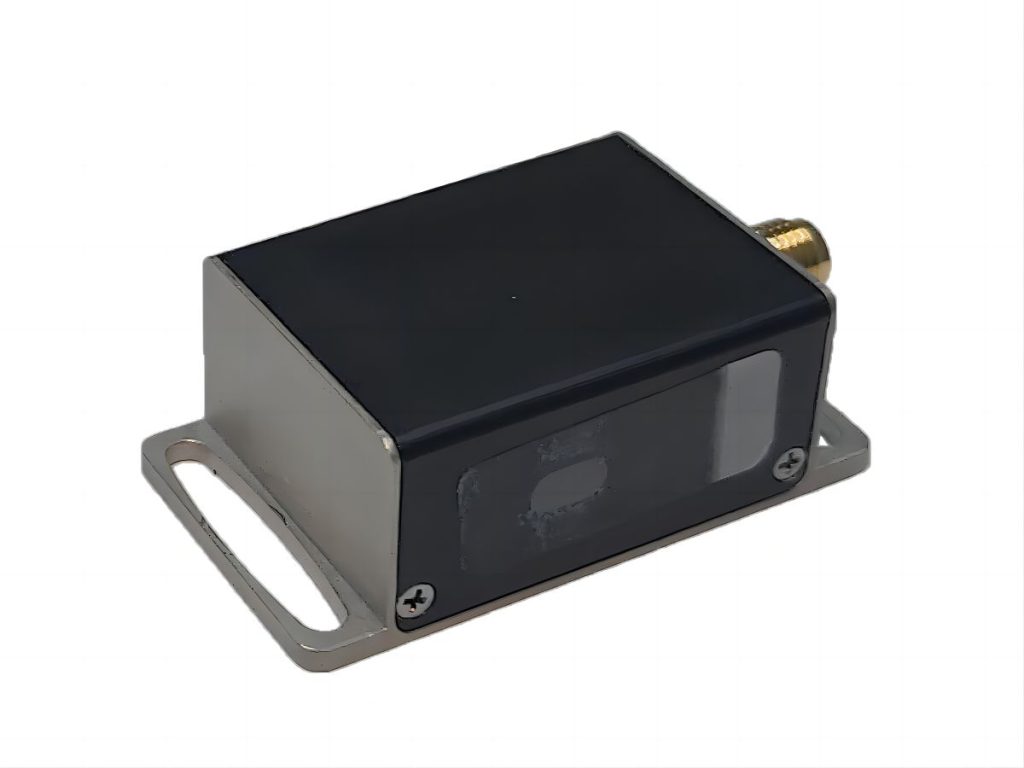
What Is the Reliability and Stability of AOM in Long-Distance Optical Communications?
Space acousto optic modulator (AOM) plays an important role in long-distance optical communication systems, especially in achieving frequency modulation of optical carriers. AOM can provide high-rate modulation, which helps to improve the bandwidth and rate of communication. In addition, the design of AOM usually takes into account low scattering and high laser damage thresholds to ensure reliable operation in harsh environments.
In long-distance optical communications, the reliability and stability of AOM are crucial to maintaining signal quality and reducing transmission errors. The working medium of AOM (such as tellurium dioxide, lead molybdate, fused silica, etc.) and its polarization characteristics (polarized or non-polarized) will affect its performance. These materials and design choices help ensure that AOM can maintain a stable modulation effect and low insertion loss during long-distance transmission.
In practical applications, the reliability and stability of AOM are also affected by environmental conditions (such as temperature fluctuations, humidity, vibration, etc.). To meet these challenges, the packaging design of AOM usually has good moisture resistance and temperature resistance, making it suitable for laboratories and various equipment manufacturers.
Based on the above information, the Space Acousto Optic Modulator demonstrates high reliability and stability in long-distance optical communications and can support high-speed data transmission while adapting to different environmental conditions. However, the specific performance still needs to be evaluated based on the actual system design, operating conditions, and maintenance strategies. When designing a long-distance optical communication system, these characteristics of AOM should be fully considered to ensure the long-term stable operation of the system.
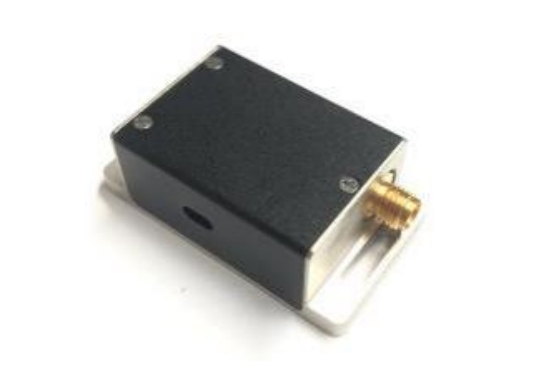
Conclusion
Space AOMs present a powerful solution for achieving high-bandwidth and high-speed data transmission in optical communication systems. Their ability to handle high-speed signals, support advanced modulation formats, facilitate wavelength-division multiplexing, and potentially mitigate dispersion effects make them a valuable asset. While considerations regarding long-term reliability and stability exist, proper design, operation, and potentially incorporating redundancy measures can ensure AOMs function effectively even in long-distance deployments.
SMART SCI&TECH was founded in August 2010. Its products are widely used in laser manufacturing, optical fiber sensing, quantum research, and other applications. As a professional optical product supplier, we have gained the trust and cooperation of numerous customers, including those in Japan, South Korea, and France. So if you are looking forward to an AOM supplier or more information about space AOM please contact us.

